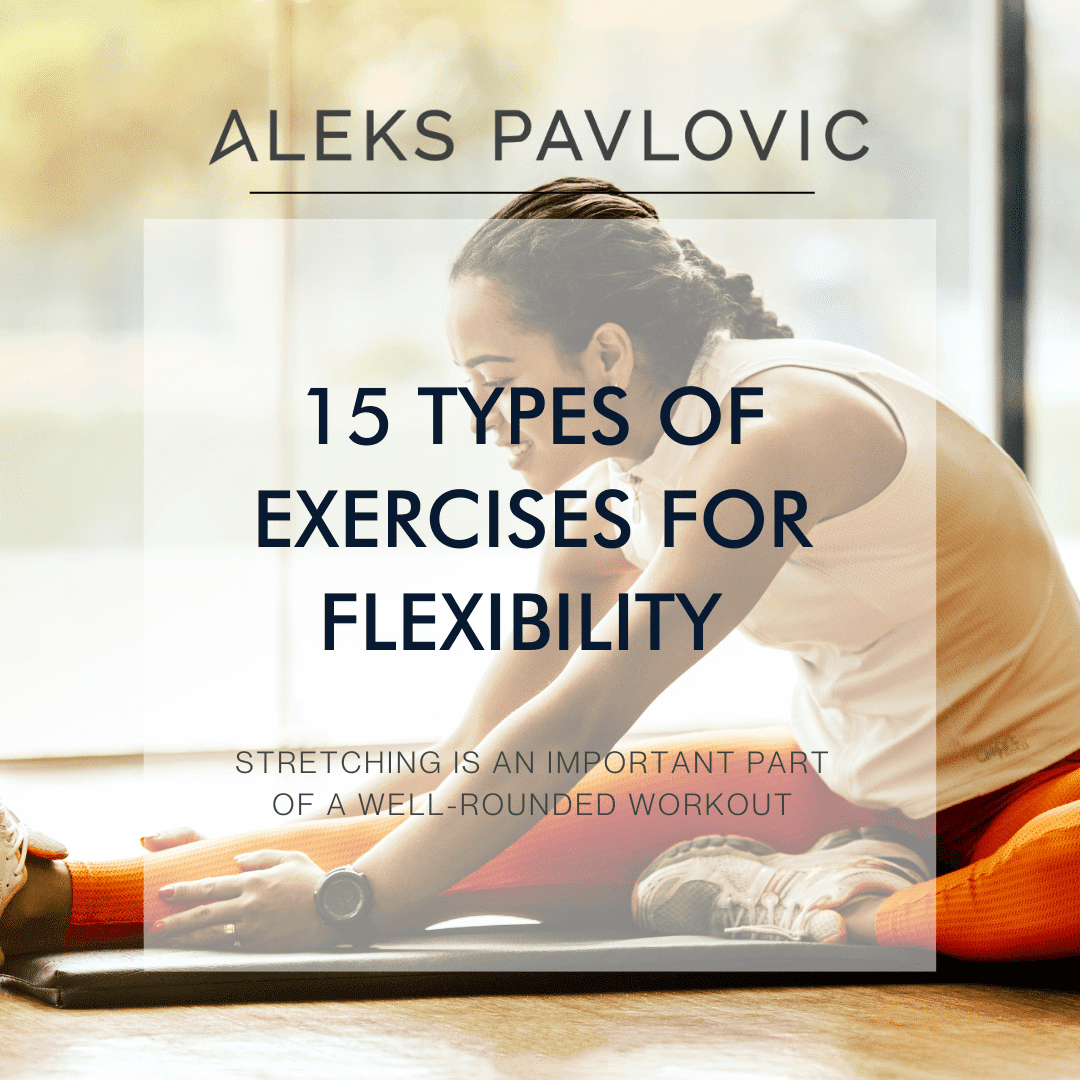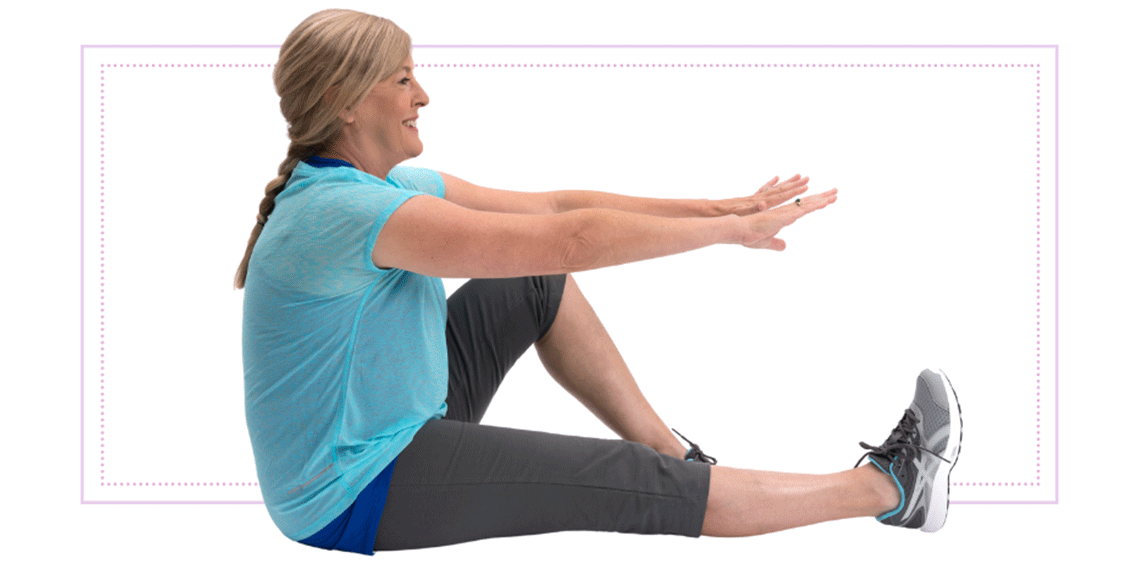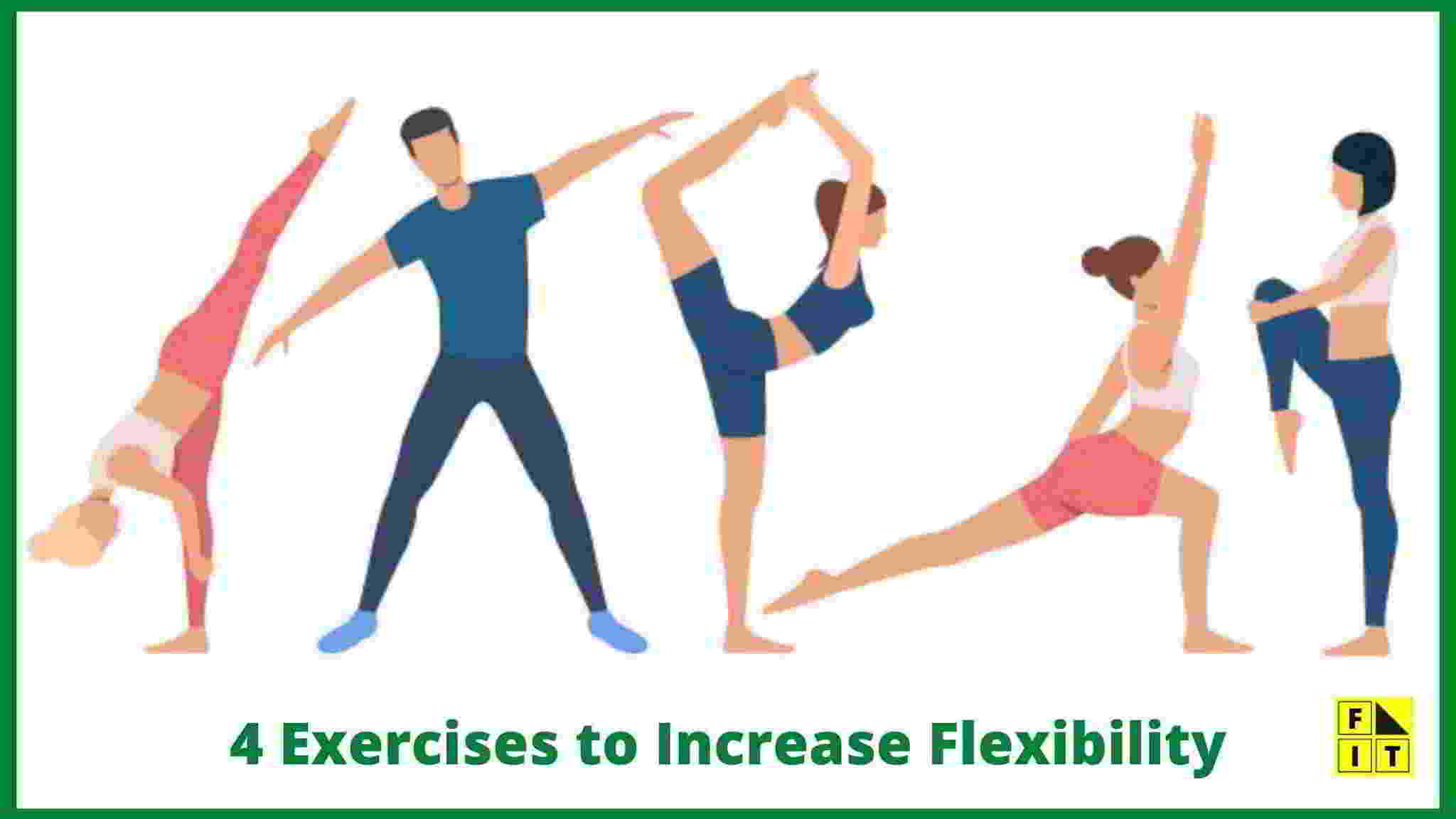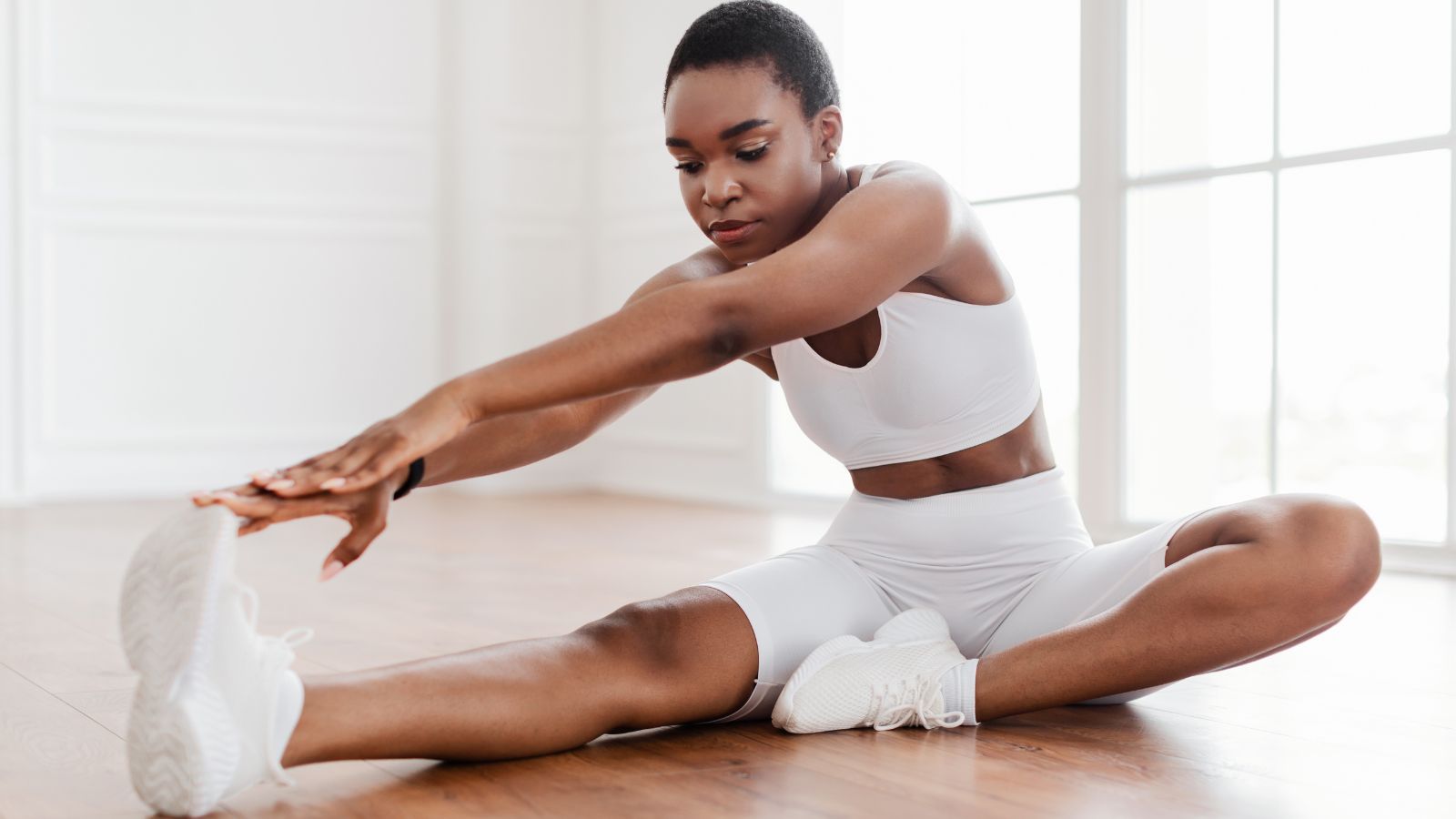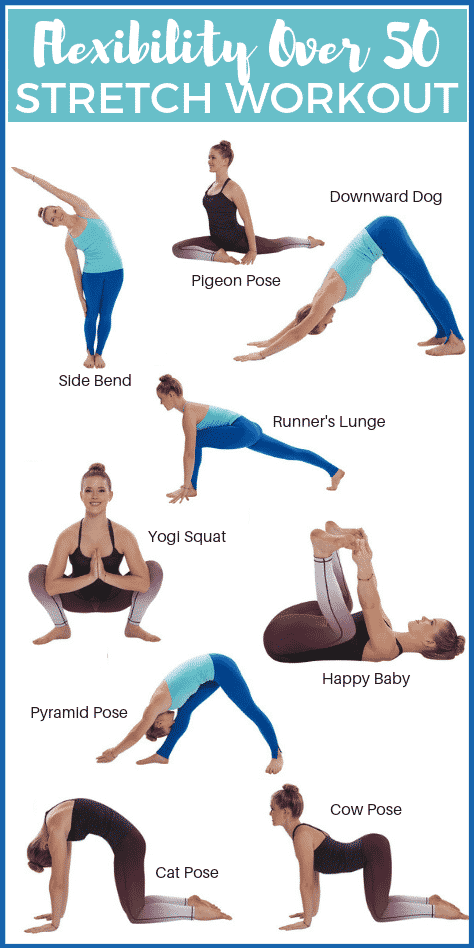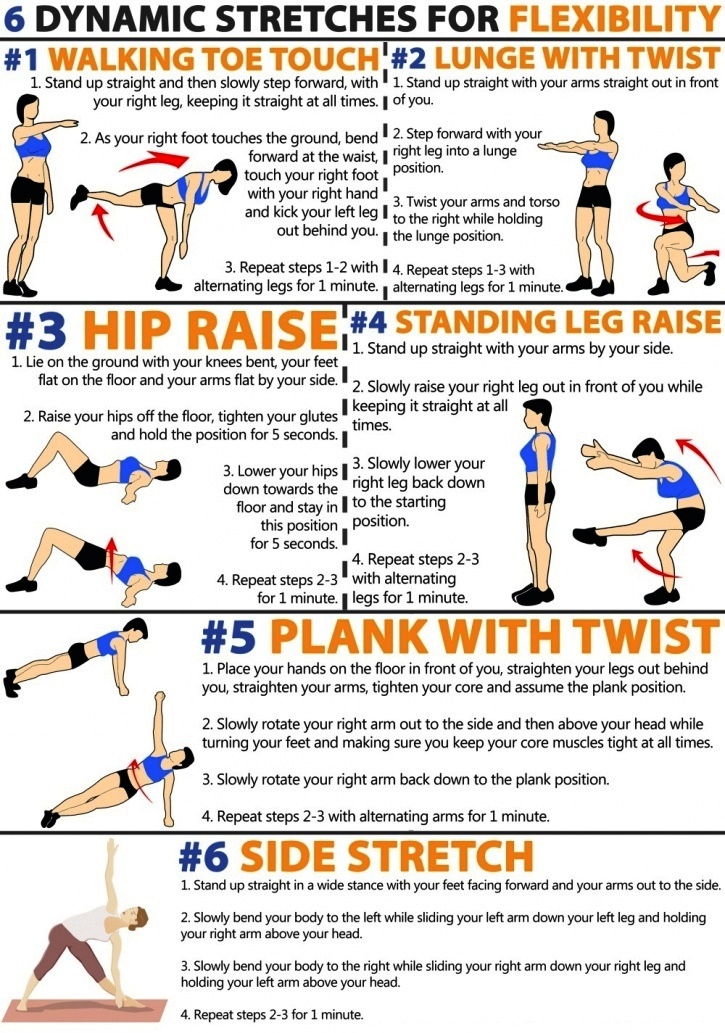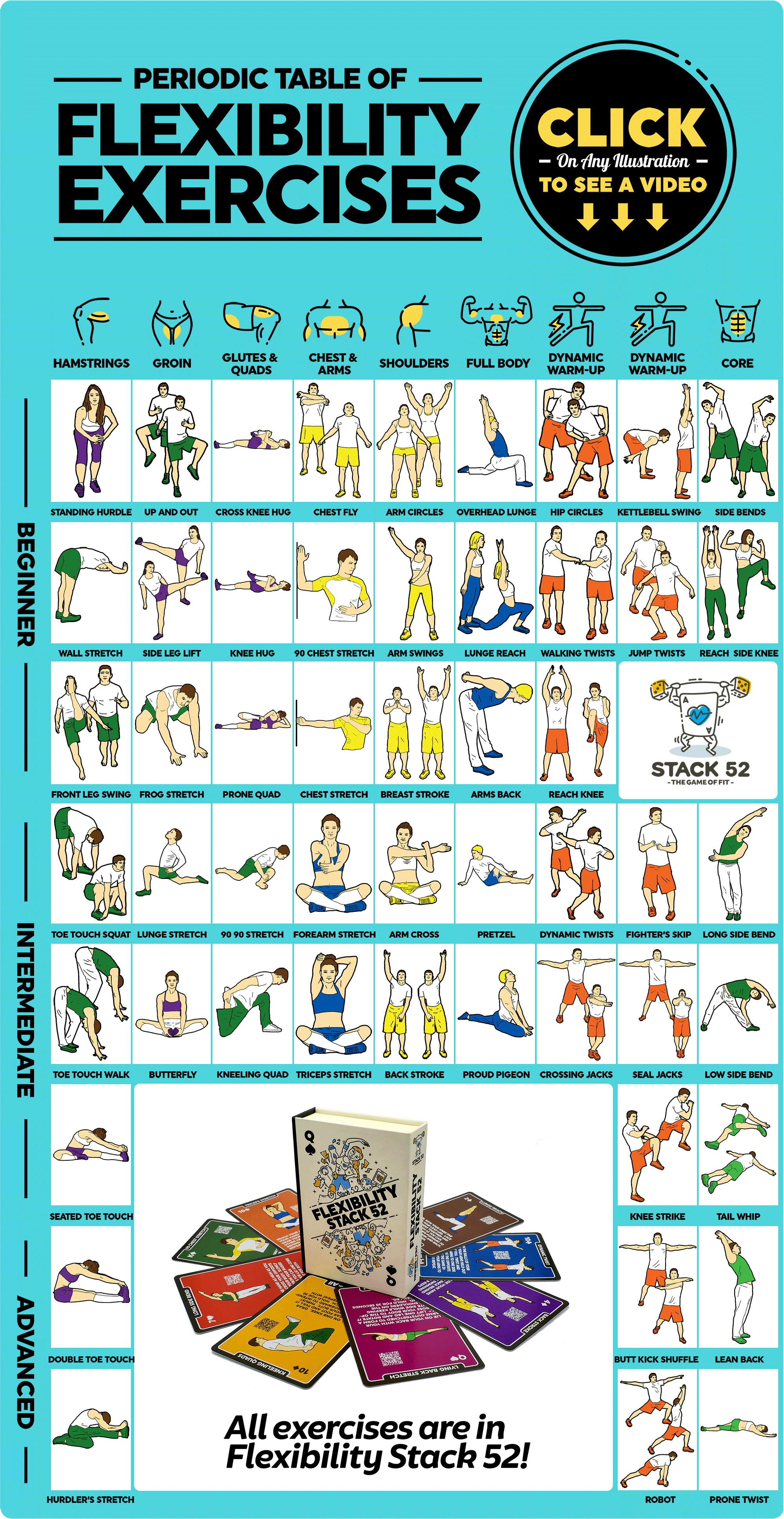The Key Objective Of Performing Flexibility Exercises Is To

In an era increasingly defined by sedentary lifestyles and the pursuit of peak physical performance, understanding the fundamental benefits of flexibility training has never been more crucial. While often overshadowed by strength and cardiovascular workouts, flexibility exercises play a vital role in overall health and well-being.
The primary objective of incorporating flexibility exercises into a fitness regimen is to improve the range of motion around a joint. This enhanced mobility translates to numerous advantages, impacting everything from athletic performance to everyday activities and injury prevention. Understanding this core benefit is essential for individuals seeking to optimize their physical capabilities and maintain long-term health.
Understanding Flexibility and Range of Motion
Flexibility refers to the ability of a joint or series of joints to move through a full range of motion without restriction or pain. Range of motion (ROM) is the measurable degree of movement present at a joint. Improved ROM allows for greater efficiency in movement patterns.
The Centers for Disease Control and Prevention (CDC) emphasizes the importance of flexibility as a key component of physical fitness. Their guidelines highlight that regular flexibility exercises can help maintain joint health and prevent injuries.
Why Is Enhanced Range of Motion Important?
Increased range of motion offers several tangible benefits. It improves athletic performance, making movements more efficient and powerful. Imagine a baseball pitcher with limited shoulder ROM, their throwing velocity would be significantly impaired compared to someone with optimal flexibility.
Daily activities become easier and more comfortable with greater flexibility. Tasks like reaching for objects on high shelves, bending to tie shoes, or simply turning to look behind you are less strenuous. The American Academy of Orthopaedic Surgeons notes that improved flexibility can reduce strain on joints during daily tasks.
Perhaps the most significant benefit is injury prevention. Increased flexibility helps prepare the body for physical stress, reducing the risk of strains, sprains, and other musculoskeletal injuries. A flexible muscle is less likely to tear when subjected to sudden or forceful movements.
Types of Flexibility Exercises
Flexibility exercises are diverse, catering to various fitness levels and preferences. Static stretching, dynamic stretching, and proprioceptive neuromuscular facilitation (PNF) are common methods. Choosing the right type of stretching is crucial for achieving optimal results.
Static stretching involves holding a stretch in a comfortable position for a sustained period, typically 15-30 seconds. This method is ideal for increasing overall flexibility and is often performed after a workout.
Dynamic stretching involves controlled movements through a joint's full range of motion. Examples include arm circles, leg swings, and torso twists. Dynamic stretching is best performed before a workout to prepare muscles for activity.
PNF stretching is an advanced technique that involves contracting and relaxing muscles to increase flexibility. It often requires a partner and is commonly used in physical therapy settings. According to the National Academy of Sports Medicine, PNF stretching can produce significant improvements in flexibility.
Incorporating Flexibility Training into Your Routine
To reap the benefits of flexibility exercises, consistency is key. Aim to incorporate flexibility training into your routine at least 2-3 times per week. Listen to your body and avoid pushing yourself beyond a comfortable range of motion.
Before starting any new exercise program, consult with a healthcare professional or certified fitness trainer. They can assess your current flexibility levels and provide personalized recommendations. This is especially important for individuals with pre-existing injuries or medical conditions.
Proper technique is essential for preventing injuries. Avoid bouncing or jerking movements during stretches. Focus on smooth, controlled motions and maintain proper posture.
“Flexibility is not just about touching your toes; it's about the overall health and function of your body,”explains Dr. Emily Carter, a sports medicine physician.
The Broader Impact of Flexibility
The benefits of enhanced flexibility extend beyond physical health. Studies have shown that flexibility exercises can reduce stress, improve circulation, and enhance mental well-being. A flexible body often correlates with a more relaxed and adaptable mind.
Furthermore, improved flexibility can enhance posture and body awareness. This can lead to reduced back pain, improved balance, and a greater sense of overall physical comfort. Poor posture is frequently associated with limited range of motion in the hips and spine.
As society continues to grapple with the challenges of sedentary lifestyles and age-related physical decline, the importance of flexibility training will only continue to grow. Investing in flexibility is an investment in long-term health and quality of life. Maintaining adequate flexibility is essential for performing everyday activities safely and comfortably.
In conclusion, the key objective of performing flexibility exercises is to enhance the range of motion around a joint, yielding a multitude of benefits for physical performance, injury prevention, and overall well-being. By understanding the importance of flexibility and incorporating it into a regular fitness routine, individuals can unlock their full physical potential and enjoy a healthier, more active life.
